On Crab Mouths
Like the much loved armoured fish of the Devonian, crabs don’t really have jaws.
With catchy names like Zenaspis and Ateleaspis, the Devonian fish have really made their mark on popular culture - but crabs are often overlooked by aficionados of the jawless body structure. Of the great families of Devonian fish only the often mad-looking Lamprey has survived.
On the other hand, crabs have absolutely thrived! (until capitalism came around anyway, smh). The primary reason for the success of decapod crustaceans is that they clearly rock.
They’ve got a hard shell, claws and swiveling eyes - but they’ve also got intricate and sophisticated mouth parts - which we’re only able to simplistically explain here.
Evolutionarily, crab mouth parts are highly adapted legs however, all crustaceans have three major mouthparts, the mandibles, the maxillula and maxilla. Generally speaking the mandibles do most of the heavy lifting when it comes to lunch time.
Food is passed from the crunching or slicing claws to the mouth where
the mandibles can be used to further cut food, like little knives, or [cough] teeth. Other crabs like the Porcelain crab, have hairy mouth parts to collect delicious wafting food that floats through the water - there are few hard and fast rules about all crab species.
Once the food has passed through the mandibles, it is guided by smaller, more delicate mouth appendages into the their bodies properly. Crabs don’t chew like us, instead, once the food it in their stomachs, they use their gastric mill to grind and ‘chew’ the food into a goop more easily absorbed.
Some people do refer to crabs mandibles as jaws, but not every agrees on it - and they’re a darned sight different from human ones so let’s just leave it at that.
Besides, this linguistic town is actually way big enough for multiple things to be true simultaneously.

